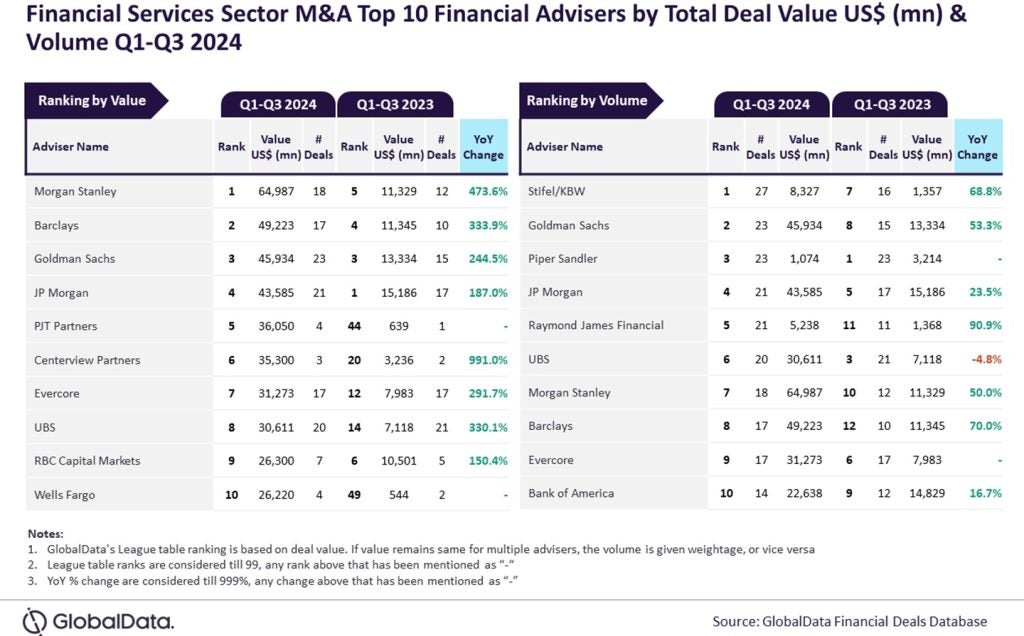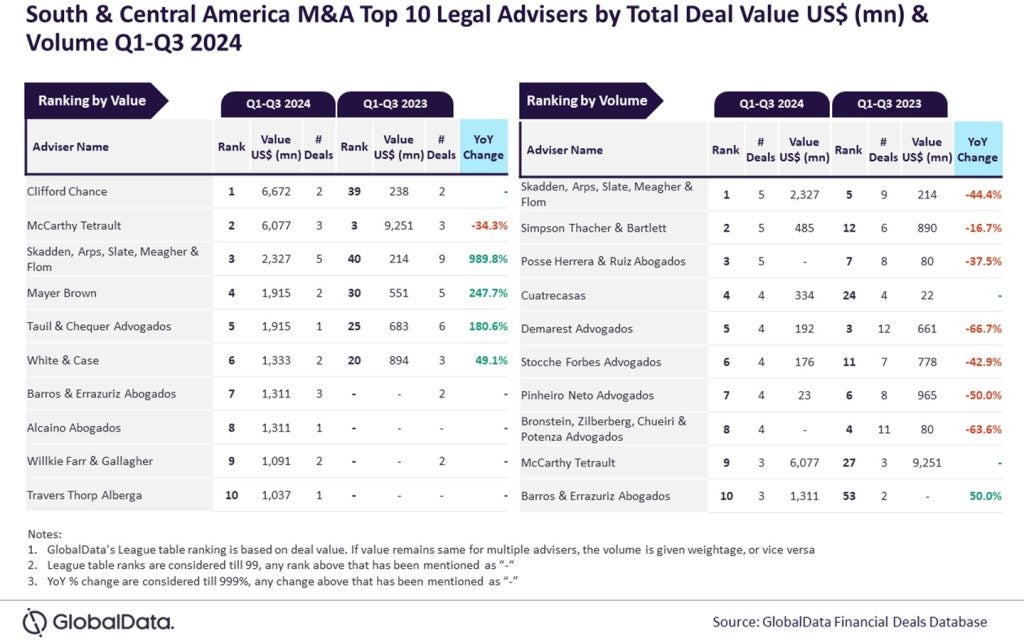A new report from VRL KnowledgeBank* looks at the
state of the biometrics industry. Estimates put industry revenues
at $4.2 billion in 2011, up 200 percent on 2006, with Asia becoming
the largest market over the next decade. Implementation by banks
around the world remains relatively low,
however.
When the first edition of VRL’s biometrics report was published in
2005 there were only a limited number of large-scale biometrics
deployments in the financial services sector taking place, and a
lack of published research by banks and payment schemes into these
new technologies. 
At this time, it was apparent that, with the exception of a few
niche players (for example, Banco Azteca in Mexico), a clear
business case for deploying biometric technologies had not yet been
established for mainstream banks. In the three years that have
elapsed, evaluation of the programmes has taken place, along with
the launch of new programmes, resulting in a growing uptake of new
technologies, particularly in Japan and emerging economies.
The stabilising rates of performance and reliability in the
technology have also allowed a range of different government and
industry bodies to examine and plan to exploit the benefits of
biometric technologies for large-scale deployment.
Equity research company Morgan Keenan & Co estimates that
global revenues in the biometrics industry will increase over the
period 2006-2011, from $1.4 billion in 2006 to $4.2 billion in
2011. Annual growth rates over the next three years are estimated
to be in the order of 25 percent.
How well do you really know your competitors?
Access the most comprehensive Company Profiles on the market, powered by GlobalData. Save hours of research. Gain competitive edge.

Thank you!
Your download email will arrive shortly
Not ready to buy yet? Download a free sample
We are confident about the unique quality of our Company Profiles. However, we want you to make the most beneficial decision for your business, so we offer a free sample that you can download by submitting the below form
By GlobalDataAs regards regional distribution, Acuity Market Intelligence
forecasts that both the North America and the Europe, Middle East,
and Africa (EMEA) regions will see their shares of the biometrics
market falling from 2007 figures.
The Asia Pacific rim countries, with only 17 percent of the
market in 2007, will be the most significant region by 2015 with 36
percent.
Added security and convenience
At first glance it may seem self-evident that banks should
incorporate biometric technology because of the added security and
convenience it offers over existing identification and
authentication methods.
Until now, continuing doubts about the reliability of these
technologies for large populations and the lack of standardisation
and interoperability, not to mention the cost of upgrading legacy
systems and existing infrastructure, have prohibited this.
Now could be the time for banks to keep a closer eye on the
development of the biometrics market for the following reasons:
 • the technology appears to
• the technology appears to
have reached a sufficient level of robustness for deployment to
large populations;
• while most implementations to date have been small and
closed-loop, standardisation work has begun which will pave the way
for interoperability between different systems in programmes of a
larger scale;
• a greater degree of coordination is now occurring between
different biometrics organisations and interest groups in
individual countries and across the world, and between
suppliers;
• increasing standardisation can now be expected to lower the
cost of market entry for new suppliers and vendors, increase
economies of scale and reduce technology costs;
• large government rollouts of biometrics are taking place to
large populations, including identity cards, travel documents and
health care services, and more are planned.
These programmes will further stimulate the development of the
market by: causing a shake-out of technologies and suppliers as a
few selected technologies become common; increasing consumer
familiarity and acceptance of biometric technologies; further
improving the reliability of the technology; stimulating further
standardisation; increasing the base of biometric scanners in the
field; and subsidising the costs of registration and capture of
biometrics.
The need for standardisation
The degree of standardisation is a key factor in the growth of
any market of new technologies that require interoperability. Up to
now, the lack of existing standards in biometrics has prevented the
full rollout of several commercial schemes.
For example, it has been reported that savings banks in Germany
undertook extensive research into the use of biometrics at ATMs but
decided against their adoption for several reasons, including the
lack of standardisation. Standards are required by the industry for
a number of reasons:
 • biometric systems will need to be interoperable for
• biometric systems will need to be interoperable for
both national and international programmes, including border
control, financial services and any markets where customers may use
services bought from a range of suppliers.
For example, banks will need interoperable systems in order to
introduce biometrics at ATMs or at the point of sale.
• at present, algorithmic templates largely remain proprietary,
so data cannot be exchanged without bilateral agreements between
companies. Third-party processors cannot come into the market to
warehouse files centrally or convert them.
• governments, in particular, and any other large organisations,
such as banks, seeking to award a large contract will not want to
be ‘locked’ into any single supplier. Interoperability is needed so
devices can be changed if a product is found to be faulty.
• standards are needed to enable manufacturers and vendors to
develop devices and solutions to common specifications which will
lower barriers to market entry and cut development costs, thereby
enlarging the market and producing economies of
scale.
The importance of standardisation
 The importance of
The importance of
standardisation is underlined by the debate that took place within
the Japanese Bankers Association (JBA) when two competing biometric
technologies were rolled out at ATMs by two different groupings of
banks (see case study below).
The issue required resolution so ATMs throughout the country
could be interoperable and individuals access any ATMs for services
in future.
JBA resolved the matter with a revision to its Cash Card
Specifications in March 2006: it was decided that the JBA would
issue ID numbers for various bio-authentication methods (finger
vein, palm vein, etc) to enable interusability.
Competing biometric technologies have resulted in the industry
witnessing a number of disputes over patents in recent years.
Iridian’s nearly complete control of patents for iris scans (which
has now come to an end) had virtually excluded other suppliers from
this market. In addition, the two leading suppliers of fingerprint
systems to retailers in the US, Pay by Touch and BioPay, were
caught up in legal wrangles.
Each of these had the ambition of setting the de facto
standard for fingerprint payments and loyalty transactions, through
achieving dominant market share at grocery and supermarket chain
stores. Ironically, with the demise of parent company Solidus
Networks, Inc, neither company is a ‘player’ in fingerprint systems
any longer.
Looking ahead, Morgan Keenan expects fingerprint technology to
remain the dominant biometric identifier in the years to 2011,
across all applications (in revenue terms) because of its high
familiarity, low cost factors and the existence of databases
containing fingerprints. Growth will be healthy (with a CAGR of 26
percent) though this will underperform the sector as a whole.
The market share and revenue for facial recognition technology
is expected to rise by an estimated CAGR of 30 percent because it
is the primary biometric being deployed in e-Passport schemes.
Another coming technology which is likely to see wider application
is voice recognition, not least for contact centres where a
recorded voice biometric can take the place of PIN or
password.
CASE STUDY
Biometrics and ATMs in Japan’s banking
market
Biometric technology was introduced by banks in Japan a decade
ago and has now been adopted for widespread use at ATMs, according
to leading biometrics player Fujitsu. All the four major banks and
post offices in Japan implement biometrics at their ATMs – but
financial institutions have separated into two camps over their
implementation.
A palm vein system by Fujitsu has been used by a group of banks
including the Bank of Tokyo-Mitsubishi and Suruga Bank. More than a
dozen other banks, including the Bank of Ikeda in Osaka Prefecture,
also deploy the palm vein system. An association with 80 percent of
Japan’s credit associations as members has indicated it will join
this camp.
The rival finger vein system, supplied by Hitachi, is being used
at the ATMs of Mizuho Bank, Sumitomo Mitsui Banking Corporation
and, significantly, Japan Post.Customers are reported to have
responded very positively to the programme – 92 percent of all
Japanese banks are now using one or other of the systems and card
fraud is reported to have been cut.
In March 2006, the JBA set specification standards for two types
of vein-based biometric systems that were being used by member
banks for customers’ cash cards. As a way of regularising the
situation, two potential options were outlined: issuing dual-use
cards carrying an integrated chip with information on both the
cardholder’s palm vein and fingertip vein patterns; or equipping
ATMs with two different sensors so that machines can read both palm
vein and finger vein patterns.
Both technologies provide similar levels of accuracy, with a
chance of less than one in 10,000 that readers will misidentify a
genuine cardholder, and a chance of less than one in 1 million that
the readers will identify someone else as the cardholder. Veins in
a finger or palm, like fingerprints or the iris, are unique to each
individual. The client is required to input a PIN number in
addition to the biometric scan.
Hitachi’s finger scanners appeared to be in front in the race to
dominate the market. It has been deployed in around three-quarters
of Japan’s banks and ATM operators – and signing up Japan Post was
a major coup, as it runs a bank serving 117 million
customers.
*The above is a very brief extract from a new report published by
VRL KnowledgeBank called The Business Case for Biometrics in
Financial Services. Written by Jeremy Flye, the report looks at all
aspects of the global biometrics industry, including case studies
and current implementation in retail financial services. For more
information, contact Shouvik Sen on +44 (0) 20 7563 5615 or at
shouvik.sen@vrlknowledgebank.com







